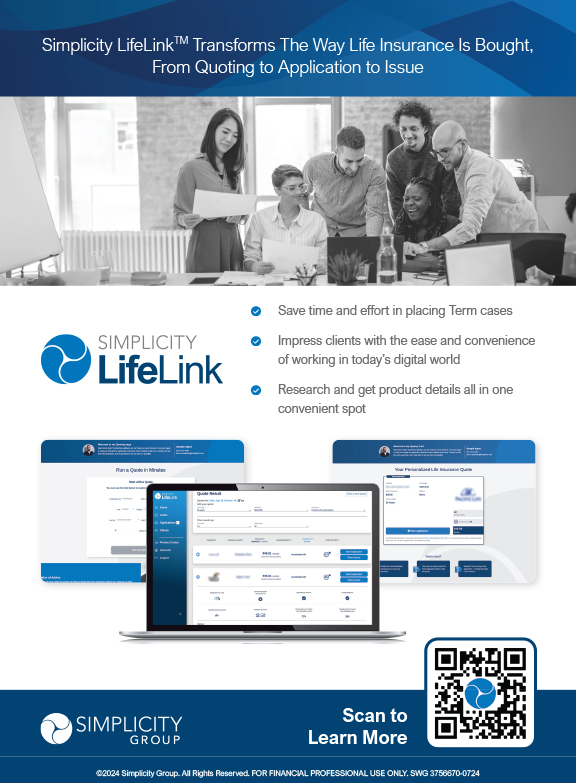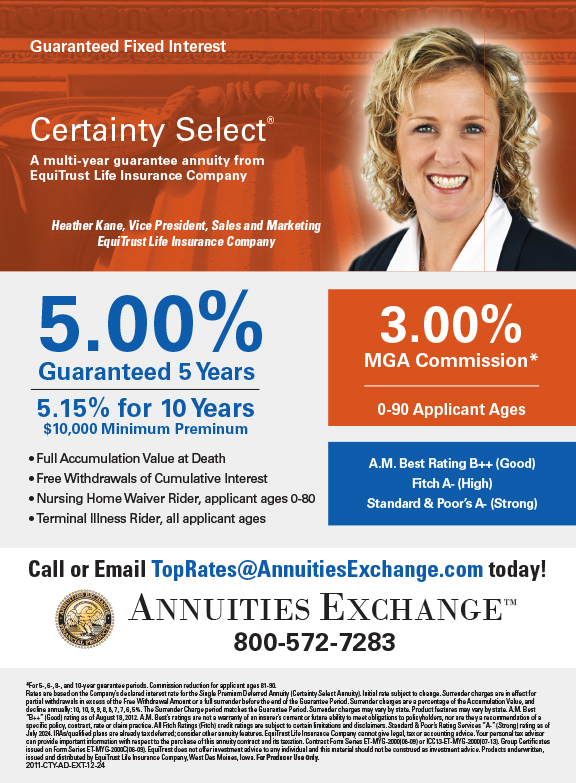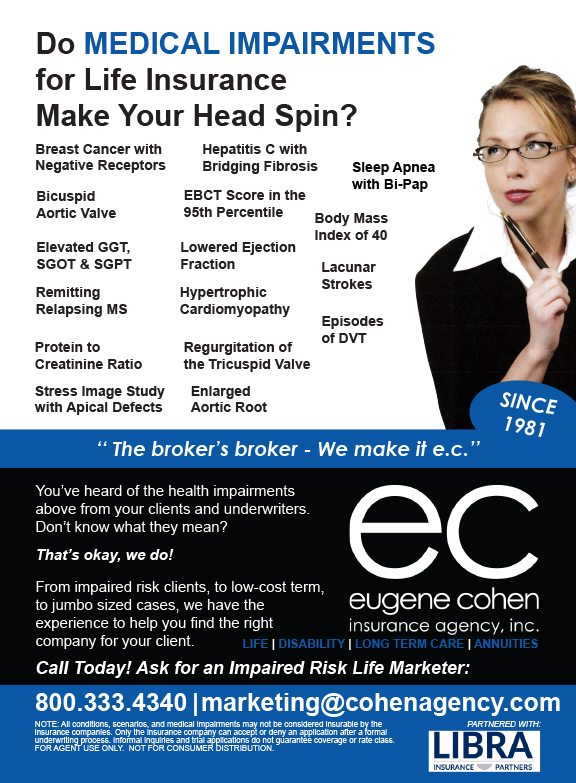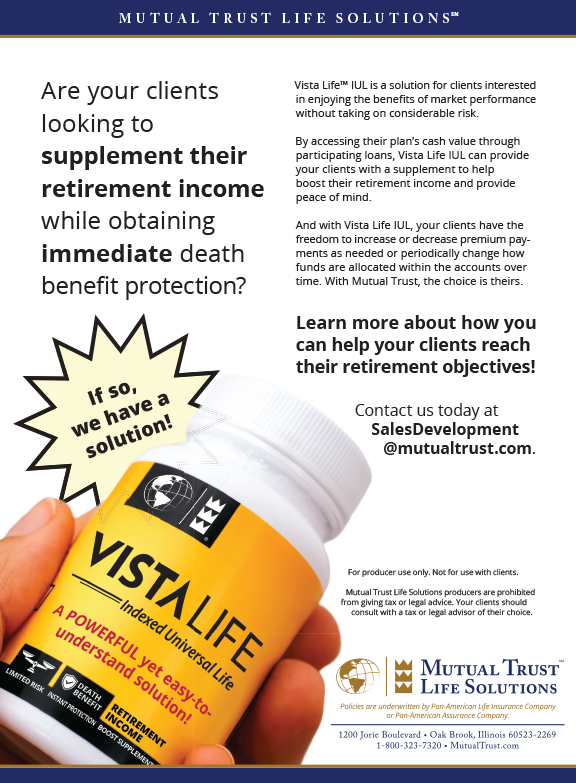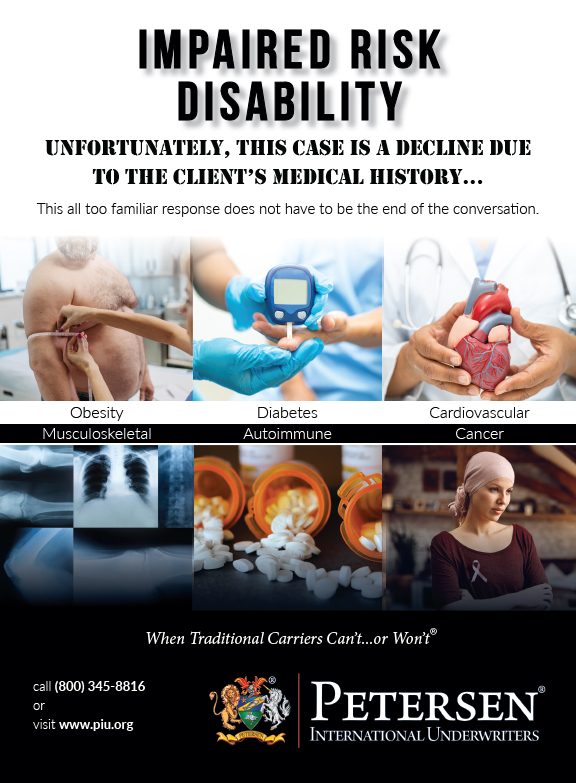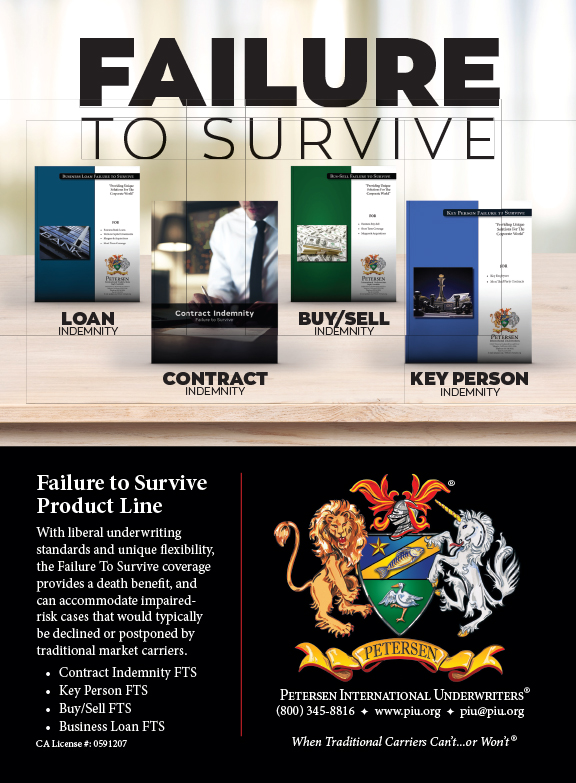There is no denying the pain high-cost specialty drugs are inflicting on employers and employees alike. The 24th Annual Willis Towers Watson Best Practices in Health Care Employer Survey found that “increasing health care affordability for employees, while controlling costs for the organization” was cited by 93 percent of employers surveyed. When cast against the projection that employers’ savings and pharmacy benefit managers’ (PBMs) profits are declining, the need to effectively address the high costs of specialty drugs becomes even more evident. This is particularly true since these costs have continued to increase.
In its analysis of IQVIA National Sales Perspective Data, the Assistant Secretary for Planning and Evaluation (ASPE, the principal advisor to the Secretary of the U.S. Department) found that the percent of spending for retail specialty drugs had increased by 22 percent and the percent of spending for non-retail specialty drugs had increased by 20 percent over the period from 2016-2021. While helpful in leveraging their purchasing power gained through extensive pharmacy networks, PBMs have not been able to drive a solution to this problem. There are, however, some strategies and technologies that are making a difference. A look at these solutions in the context of today’s specialty drug landscape is a sound step toward achieving lower costs. For insurance brokers and agents, learning about these strategies and solutions and sharing them with clients is another way to demonstrate your value as a trusted advisor.
Today’s Specialty Drug Landscape
To gain perspective on just how high specialty drug costs are, consider the following:
- The ASPE reported that the cost of specialty drugs has increased by 43 percent from 2016 to 2021 climbing to $301 billion in 2021.
- The ASPE’s analysis of IQVIA National Sales Perspective Data also found that by 2021, specialty drugs represented over 40 percent of all retail drug spending and almost 70 percent of non-retail drug spending.
- According to GoodRx research, the top three most expensive specialty drugs, Zokinvy, Myalept, and Mavenclad, all cost over $60,000 for the typical monthly supply. AARP’s Public Policy Institute’s Rx Price Watch noted that the most expensive specialty drugs have annual costs as high as $750,000 annually.
- Cited by the AARP Public Policy Institute, which has been reporting on prescription drug price changes since 2004, in its latest Rx Price Watch was that between 2019-2020, the average annual increase on specialty drugs was 4.8 percent or over three-and-a-half times higher than that period’s general inflation rate which was 1.3 percent.
The lack of competition among specialty drug manufacturers is one reason they have been able to continuously raise their prices. This has caused employer groups, the AARP, and other public groups to lobby Congress to develop new legislation. Those efforts have been productive in part and have prompted the inclusion of new requirements on manufacturers imposed by the Inflation Reduction act of 2022 and signed into law by President Biden August 16, 2022. This legislation includes provisions that:
- Lower prescription drug costs for people covered by Medicare that would cap out-of-pocket costs incurred by older adults, enable Medicare to negotiate the prices of brand name and biologic drugs without generic counterparts, as well as biosimilar equivalents covered under Medicare Part D,which are among the highest-spending Medicare covered drugs and are nine or more years for small molecule drugs, or 13 or more years for biologicals from receiving FDA approval.
- Require drug manufacturers to pay rebates to Medicare if they increase prices faster than inflation for drugs used by Medicare beneficiaries.
- Cap Medicare beneficiaries’ out-of-pocket spending under the Medicare D benefit by eliminating coinsurance above the catastrophic threshold in 2024 and then by adding a $2,000 cap on spending in 2025.
Employers Take Additional Measures
To address the high costs, employers/plan sponsors and their covered employees/members are pressuring PBMs to be more transparent by providing reports detailing their pharmacy expenses and employees/members utilization. They are more readily contracting with medical case management firms for their utilization management services. The utilization management services encompass the review of individual employees/members’ treatment plans to determine the medical appropriateness of those plans by applying evidence-based data reflecting URAC standards pertaining to different protocols. Where specialty drugs are deemed unnecessary or not appropriately utilized, the case manager will flag that transaction enabling their costs to be eliminated or reduced.
What many employers/plan sponsors may not be as familiar with are newer ways that can help them contain and reduce their specialty drug costs. Among these are:
- Alternative funding, which 14 percent of employers and seven percent of health plans currently use, according to PSG Consulting, but which many regard as not being sustainable.
- Value-based contracting, a performance-based reimbursement agreement which, to date, has not been validated by enough evidence, and is associated with various obstacles including difficulty agreeing on and tracking outcomes, lack of resources, and low buy-in.
- Specialty rebates which PSG Consulting reported that 66 percent of health plans currently receive for specialty drugs, but only 27 percent of employers receive.
- Patient assistance programs which enable patients to receive their drugs even if alternative funding is not available by tapping into drug manufacturers assistance dollars for patients in need on a case-by-case basis. Providers of these services leverage their negotiating strength, as well as clinical expertise, to provide a patient-centered service.
- Advanced pharmacy benefit administrative (PBA) services which enables plan sponsors to better manage their specialty drug costs by giving patients access to a national network of at a minimum 68,000 retail pharmacies with mail order capabilities. Additionally, these PBA services leverage online technologies featuring easy-to-use and navigate online platforms with intuitive functionality. Through a user-friendly dashboard, PBA service portals provide 24/7, real-time access to drug and other health care information including educational videos on various drugs, along with patient alerts regarding prescription refill reminders. PBA services, used in concert with utilization management, specialty drug rebates and reimbursement cost management programs, can achieve drug costs savings of up to 40 percent and also lower medical stop loss insurance costs.
Taking the Right Steps Now
Helping clients tackle the high costs of specialty drugs demands a strategic and integrated approach which utilizes all viable measures. Critical to this approach is a completely transparent contract with a PBM with comprehensive reporting which highlights those specialty drugs being used by covered individuals and their associated costs. Employers/plan sponsors should also be confident that their PBM is applying any and all manufacturer rebates, reimbursements, and drug discounts. Also important are utilization management services to ensure that specialty drugs are being used in accordance with clinical evidence and proper protocols. PBA services too should be given serious consideration for use along with these and other measures suitable to the employer/plan sponsor, based on the extent to which they are insuring individuals with chronic and/or catastrophic illnesses requiring specialty drugs.
The Peterson KFF Health System Tracker found in 2019 that almost 50 percent of all health spending was attributed to just five percent of the U.S. population. This five percent group averaged $61,000 in annual expenses with the top one percent averaging over $130,000 annually. The double-digit growth trend in specialty drug utilization is a function of both the increased incidence of complex, chronic conditions like cancer, rheumatoid arthritis, multiple sclerosis, cystic fibrosis, Chron’s and hepatitis C virus, coupled with new, expensive therapies for prevalent conditions such as migraines and asthma. Formulary Watch reported that inflammatory disorders rank first in health plan costs at 35 percent of the 2021 specialty drug expense followed by oncology at 26 percent and multiple sclerosis at seven percent. Biosimilar drug use accounted for 22.5 percent of the 2021 specialty drug spend and is expected to have a significant impact on lowering costs in the years ahead as more of them are introduced. In 2023 alone, an estimated 12 biosimilars could become available. Staying informed on the latest developments in specialty drugs, biosimilars and related trends is also important for employers and plan sponsors striving to control their costs particularly those related to specialty drugs.
Closing Remarks
High-cost specialty drugs are an integral element in today’s healthcare landscape, and there has been some progress toward controlling their rising costs. By raising clients’ awareness of new strategies and technologies available to them and helping them access and screen qualified providers of related services and technologies, insurance brokers are themselves becoming part of a much needed multi-prong approach to gaining control over specialty drug costs and their effect on both employers/plan sponsors and their employees/members.









